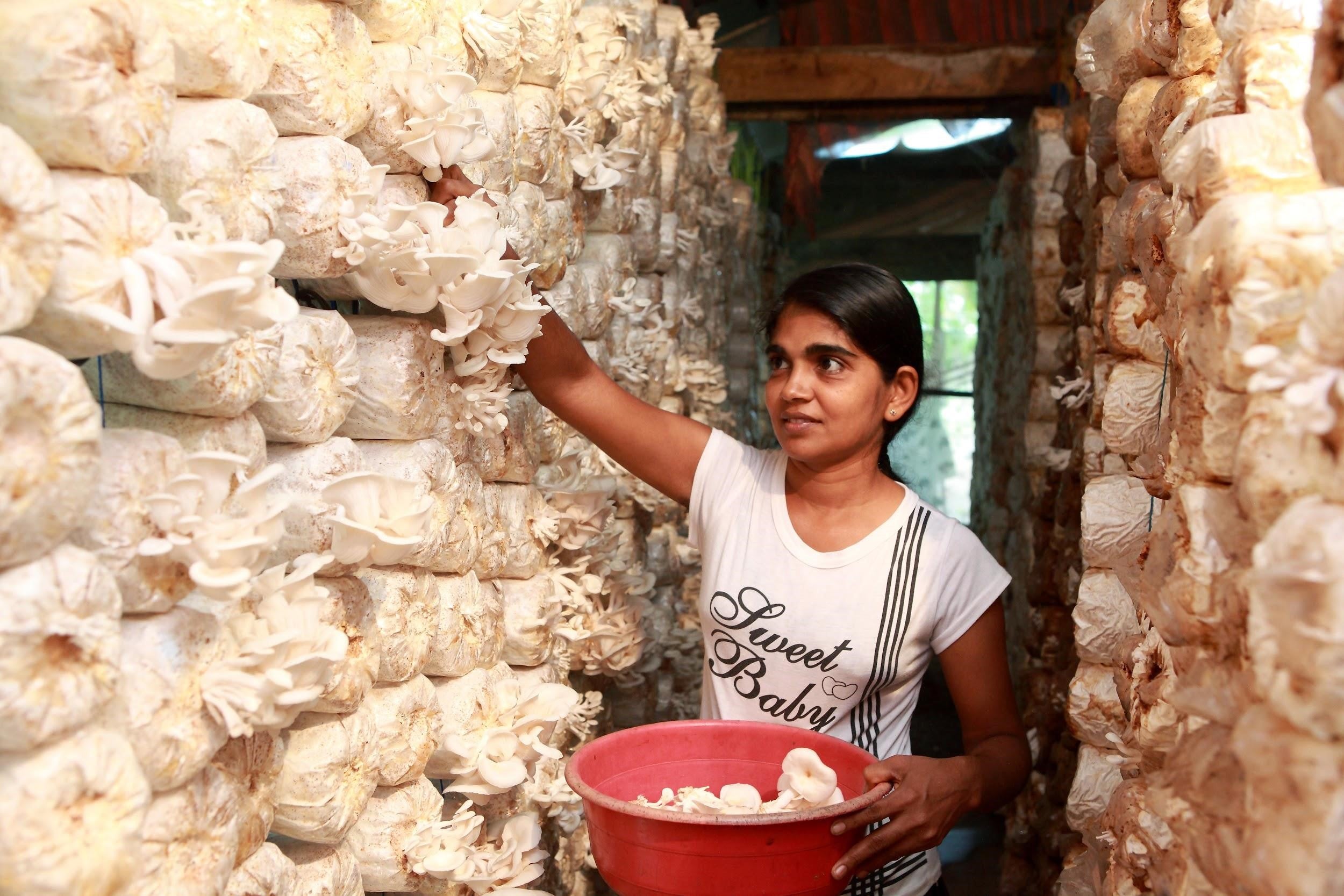
Today – March 8 – is International Women’s Day, a day to celebrate the social, economic, cultural and political achievement of women. At the same time, aptly themed #PledgeForParity, this year’s commemoration also emphasizes that in many places, progress towards gender parity has not gone far or fast enough. Employment parity, especially, remains elusive. The most recent World Economic Forum Global Gender Gap Report found that while over the past 10 years 250 million more women have entered the labor force, women’s average annual earnings today remain a decade behind men’s. Furthermore, it will take more than 100 years to close the economic gap entirely. While success with microfinance and group lending to women has unlocked the doors of entrepreneurship for millions of women worldwide, they remain underrepresented in the management ranks of corporate leaders. Young women, especially in low and lower middle income countries, are less likely still to enter the workforce to begin with, and find the transition to work or starting a business uniquely challenging.
Young Women’s Struggles
While girls and young women are experiencing more schooling and improved learning outcomes, they still face a rockier path to decent work and a sustainable livelihood. Moreover, early marriage and pregnancy (one out of every three women in developing countries enters a marriage or union before the age of 18) disrupts or discontinues education and limits their chance to build skills or access training. Cultural and social norms, household responsibilities and burdens of unpaid work, inadequate market information and lack of public safety, also discourage wage work and limit many young women’s occupational choices and earning opportunities – within and outside the home.
The Solutions for Youth Employment (S4YE)’s 2015 flagship report showed that unemployment is generally higher for young women than for young men. In some areas of the world (the Middle East and North Africa), the gap is as high as 10%. When women are working, many of the jobs are in vulnerable or insecure work, often in the informal sector, where pay is low and conditions are frequently poor. In South Asia and Sub-Saharan Africa, for example, as many as 85% of employed female youth are in vulnerable work. With less information about their rights as workers and little recourse to legal remedy, women often find themselves more vulnerable to exploitation in the workplace and in underground economies.
Working towards Solutions
Though more rigorous evaluation and learning would help direct resources toward the most impactful policies and programs, a number of models and approaches are showing positive effect on employment outcomes among young women. These include skills training, self-employment and entrepreneurial support and financial services, and technology based solutions that open up educational and work. Recognizing the integrated nature of youth’s lives and the interdependence among the different transitions to adulthood, many programs designed to empower young people effectively target multiple outcomes (e.g. improved access to health services and education) and combine interventions. Similarly, asset-based programs show promise in being deployed to realize non-economic goals.
The WINGS (Women’s Income Generating Support) project in northern Uganda, for example, has demonstrated success creating livelihoods and increasing earnings among female youth. The young women who received business skills training, a start-up grant and regular follow-up from the program saw their monthly income increase by close to 100 percent compared to those who did not participate.
Under a job-training and placement program of the umbrella Adolescent Girls Initiative (AGI) of the World Bank, young women in Nepal were significantly more likely to find employment – particularly off-farm employment – and increased their monthly earnings by 45-67%.
Despite positive outcomes, there is much more to learn to determine the program attributes that make the most difference. Identifying the key individual components of multifaceted programs is an important next step.
Improving the Odds
In many ways, the world’s 1 billion girls and young women hold the keys to a better future for their families and the world. Far too many however, find themselves ill equipped or struggling to succeed. Without safe transportation or childcare, many drop out of school. Without sufficient education or training, many can’t get a job. The good news is we know how to improve their odds and help put them on a smoother path to decent work. With increased investment, partnership, and will, young women can have a better chance to thrive. For its part, S4YE is committed to learning and doing more to economically empower hundreds of millions of young women towards true parity - much sooner than 100 years from now.


Join the Conversation